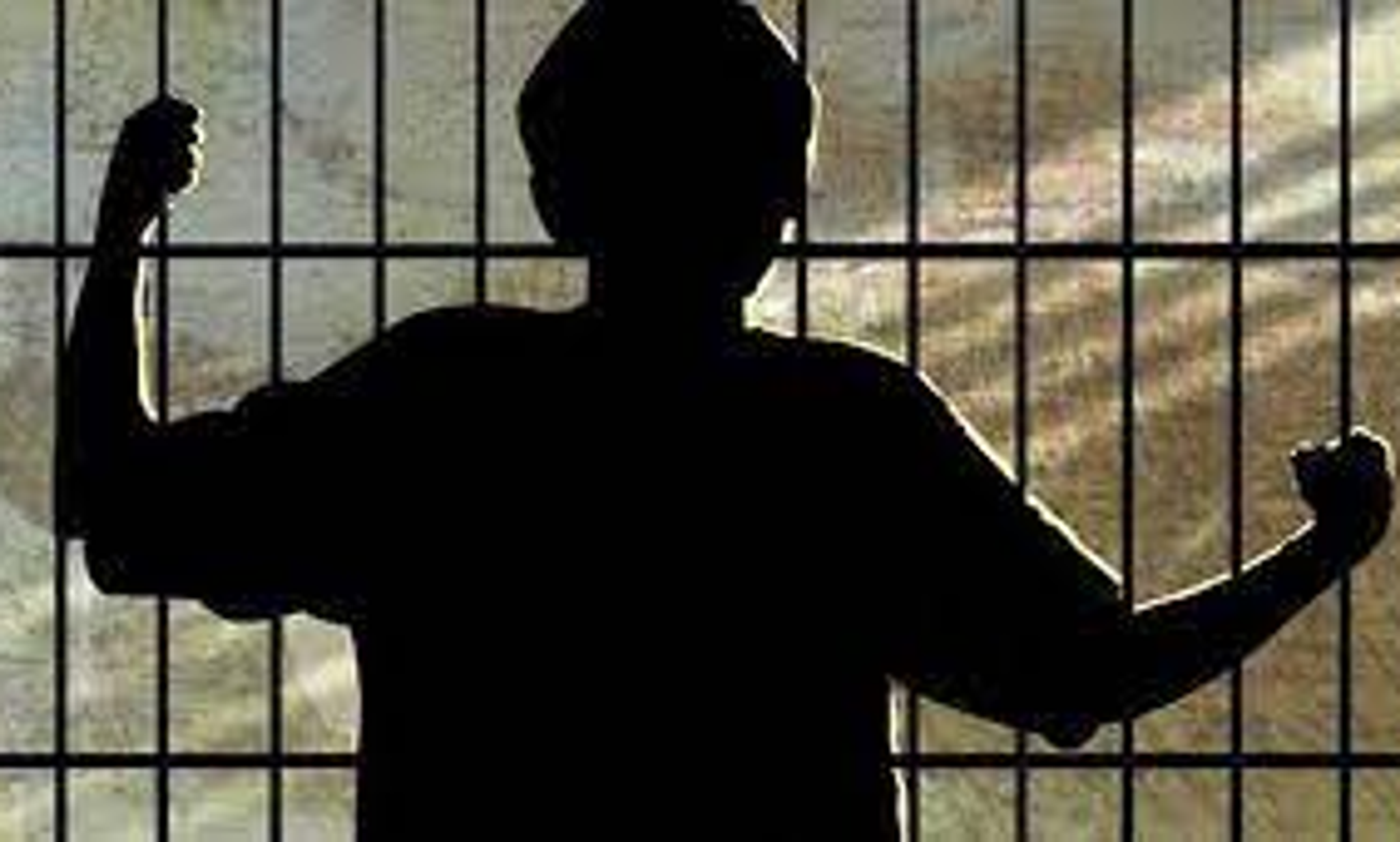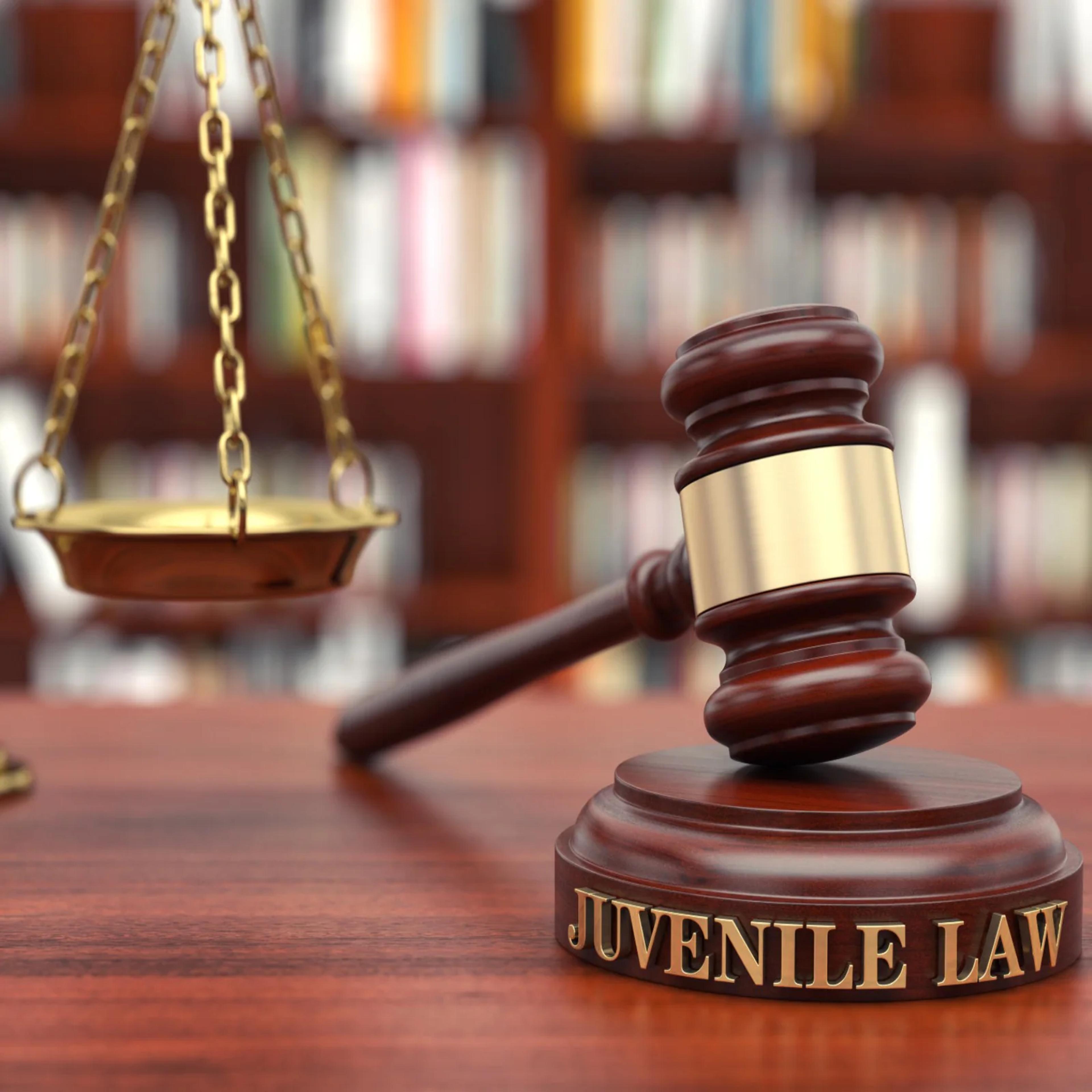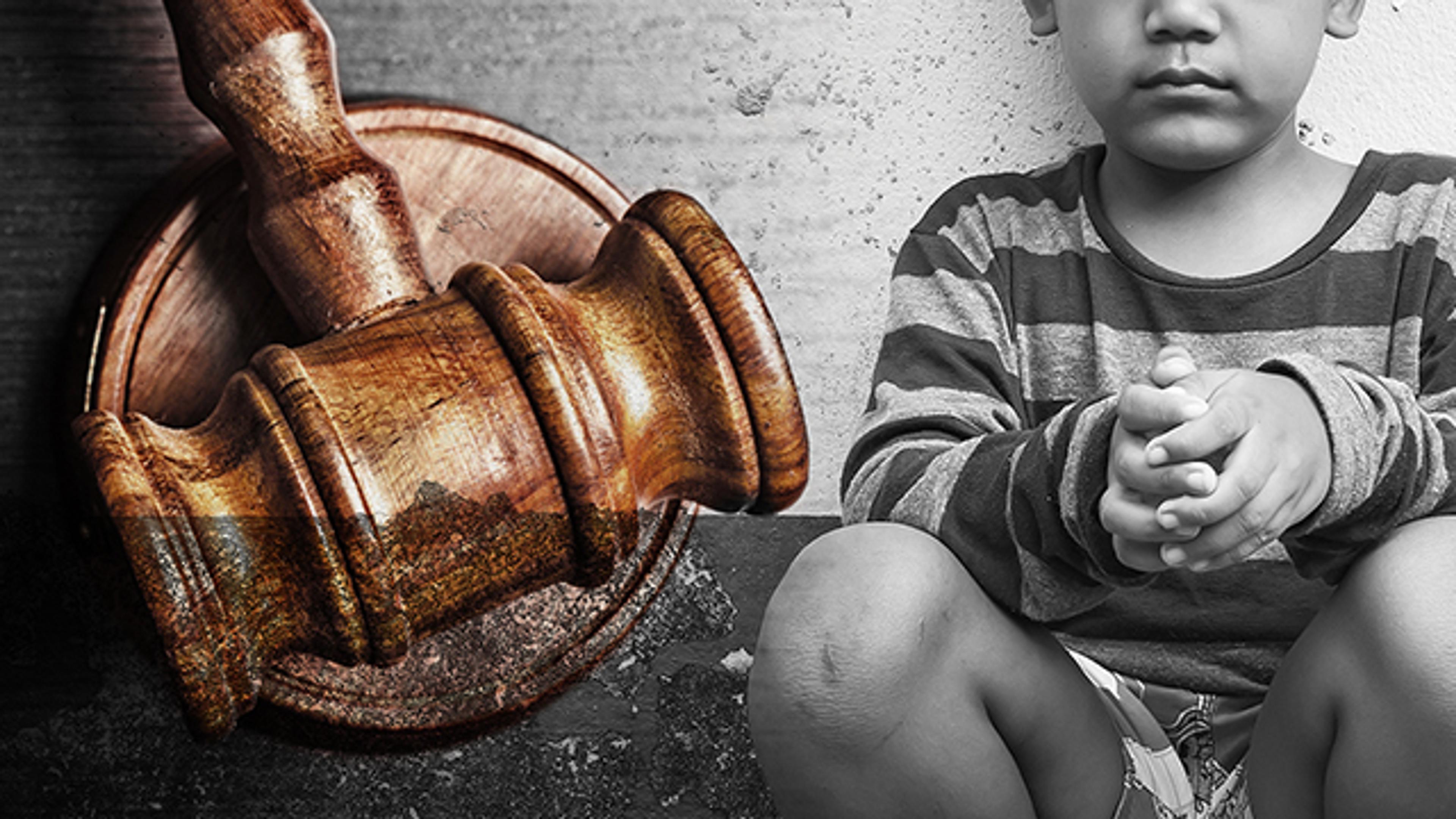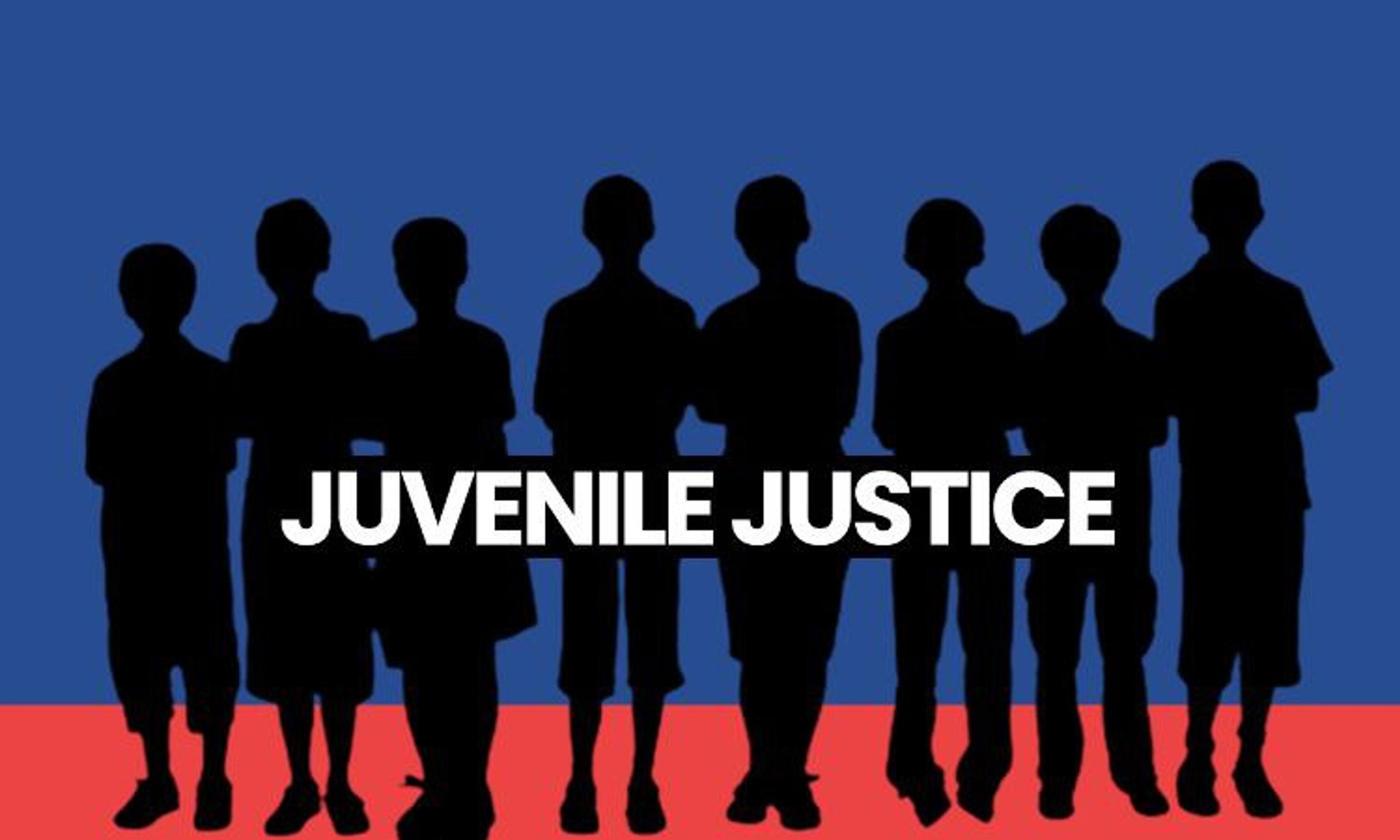Youth, Justice, and Reformation: A New Dawn for India's Juvenile System
Guest Author
Published
The word "juvenile" is derived from “juvenilelis” which mean “of or belonging to youth”. When an adult commits any crime, the criminal justice system comes into the motion and the guilty person is punished in accordance with the law. In India, a person above 18 years is treated as an adult and it is believed that a person who is below 18, a minor is not capable of thinking best or worst about himself. That’s why a consent given by a minor is null and void. Thus, a minor involved in any crime was not given as much punishment as an adult. Earlier, all the minors involved in any type of crime could not be given a punishment of more than 3 years. In the famous Nirbhaya case, one of the accused was just a few months less than 18 years old. Due to this, he was not tried by a regular court but by the Juvenile Justice Board and was sentenced only for a few months in such a heinous crime. At that time, a need for separate legislation was felt to deal with the child in conflict with the law i.e. a child who has not attained the age of 18 but has committed a crime. To fill that gap, the Juvenile Justice (Care and Protection of Children) Act, 2015 was enacted which specifically deals with the juveniles and children in conflict with the law.

There is a separate justice system that is diverting youthful offenders from the heinous punishments of criminal courts and encouraging rehabilitation based on the individual juvenile's needs. It focuses on juvenile development, rehabilitation, and successful reintegration of youth. Juveniles are not charged with crimes, but rather with delinquencies; they are not found guilty, but rather are adjudicated delinquent i.e. a person younger than 18 who is found guilty of a crime by a court; they are not sent to prison, but to training school or homes. With the introduction of the juvenile justice system in India, it not only helps the juveniles committed crimes but also focuses on care and protection of the childrens. India faces a severe shortage of facilities that are equipped to provide proper rehabilitation services.
Historical Background
The Apprentices Act, 1850 was the first legislation enacted in India to deal with children in conflict with law. In 1919, a jail committee recommended making different legislations in different provinces. Before 1960, India had no uniform laws in this regard. Different states had different laws on juvenility. The juvenile justice system had its roots since 1960 as the Children Act, 1960 kept juveniles out of jail and focused on welfare and education. First juvenile court in India was established in Bombay under this act. In 1986, this act was replaced by the Juvenile Justice Act, 1986 aimed at giving effect to the guidelines of United Nations Standard Minimum Rules for the Administration of Juvenile Justice which was adopted by the United Nations in 1985 also known as Beijing rules. It also acknowledged that juveniles in conflict with law are not conventional criminals but they are the one who needs care and protection. Another legislation, Juvenile Justice (Care and Protection of Children) Act was brought in 2000 when the age limit for the juvenile was increased from 16 to 18 years. Section 8 and 9 of Juvenile Justice (Care and Protection of Children) Act, 2000 provides that state govt may establish observation homes and shelter homes in each district. Justice Verma Committee, formed after the brutal Nirbhaya gang rape in December 2013 to recommend changes in criminal law to provide quicker trial of the sexual assault suggested not to change the age of juveniles from 18 to 16 years as demanded by the public at large. It suggested focusing on reforming the juvenile justice system. However, the public pressure forced the government to enact Juvenile Justice (Care and Protection of Children) Act, 2015 where the age criteria of juveniles changed from 18 to 16 years and treat them as an adult in case of involvement in heinous crimes.

Legal Framework Of Juvenile Justice In India
The Juvenile Justice (Care and Protection of Children) Act, 2015
After 2012 Delhi gang rape i.e. Nirbhaya rape where one of the accuse who was some short of 18 years was released after just few months of imprisonment. After that people started demanding lowering the age of juvenile. The Government of India took the initiative of implementing some changes in the Juvenile Justice Act, 2000. New act was introduced to address the issue of juveniles engaged in heinous crimes. By this legislation, the child welfare committee was no longer the final authority in cases of children in need of care and protection. Section 2(13) of the act says that a child who has not committed age of 18 or above but found to have committed an offence will be said to be a child in conflict with law. If a child in conflict with law is engaged in any crime which is punishable with a minimum of 7 years of imprisonment, the Juvenile Justice Board (JJB) will conduct a preliminary enquiry to decide whether he should be tried as an adult or not in a regular court. If the child in conflict with law has committed an offence which is punishable with 3-7 years imprisonment, then the juvenile will be tried by the Juvenile Justice Board itself. JJB consists of a magistrate and two social workers. Section 3 states the principles of care and protection of children which include principle of best interest of the child, principle of presumption of innocence, etc. The Act gives more clarity on the functions and powers of the Juvenile Justice Board and the Child Welfare Commission.
Juvenile in Conflict with Law vs. Child in Need of Care and Protection
Children in conflict with law refers to individuals below the age of 18 who were involved in heinous offences. In the Indian context, the legal framework governing children in conflict with law is primarily embodied in the Juvenile Justice (Care and Protection of Children) Act, 2015. The Juvenile Justice Board plays a pivotal role in adjudicating matters related to children in conflict with the law, ensuring a child-friendly approach in its proceedings. According to the National Crime Records Bureau (NCRB), a total of 31,396 cases of children in conflict with the law were reported in 2015, with a crime rate of 2.1 percent. A child in need of care and protection must be brought to the child protection committee under the direction of a social worker.
Landmark Judgements
- Mukesh & Anr. vs. State (NCT Of Delhi) & Ors. (Nirbhaya Rape Case): In this case, a college girl brutally raped by a group of people in a bus. One of the accused was a minor who was some months left to turn 18. Thus, he was not tried as an accused of a heinous crime and sent to juvenile homes and got released as per Juvenile Justice Act, 2000. But seeing the injustice and adversity of that heinous crime, people raised their voice against this and pressured the government to bring legislation. The Government of India enacted Juvenile Justice (Care and Protection of Children) Act, 2015 which also deals with the accused who is involved in a heinous offence but is between 16-18 years.
- Sheela Barse vs. Union of India: This case deals with the children under 16 years of age in jail whether they are treated badly or not. It is requested of all the districts to inspect their jails. The Supreme Court issued guidelines for the state to protect and nurture the rights of juveniles.
- Hari Ram v. State of Rajasthan & Anr.: In this case, the Supreme Court said that the Juvenile Justice Act of 2000 would also apply to all the cases prior to this act and whoever is less than 18 considered as a juvenile.
- Pratap Singh v. State of Jharkhand & Anr: In this case, the Supreme Court held that the age of a juvenile would be considered based on the date on which the crime was committed rather than the date on which they are produced in court. Second thing that was held in this case is that if any case that was going under 1986 Act but is still going till 2000 then it will be treated under 2000 act only.

Juvenile Justice Board
Juvenile Justice Board (JJB) , which has been given the responsibility to conduct preliminary assessment of the mental and physical capacity of an accused, is mentioned in Section 4 of the Juvenile Justice (Care and Protection of Children) Act, 2015. Sec says that it is mandatory for the state government to establish one or more Juvenile Justice Boards in every district. It consists of a Metropolitan Magistrate as Principal Magistrate and two social workers. It is mandatory that at least one member shall be a woman. In Delhi, the Juvenile Justice Board has been functioning since 01.06.2003.
As provided by the Juvenile Justice (Care and Protection of Children) Act, 2000, a JJB should hold its sittings in the premises of an Observation Home. State government shall ensure that these boards should be in every district for exercising the powers and discharging its functions relating to children in conflict with law. The board has powers to deal with proceedings, to ensure that children rights should be protected and also ensure the availability of legal aid. The Special Juvenile Police Unit should bring the child before board within 24 hours of catching children excluding time taken to reach the police station or the board. JJB is also supposed to conduct at least one inspection visit every month of residential facilities for children in conflict with law and recommends action for improvement in quality of services to the District Child Protection Unit and the state government.
Problems in Implementation of the JJ Act
There are many inefficiencies in implementation of laws in different states. Apart from this, Socio Economic issues play a substantial role in juvenile delinquency. Many juveniles come from underprivileged backgrounds, where poverty, lack of education, and limited access to basic services are prevalent. These conditions not only predispose young individuals to criminal behavior but also complicate their rehabilitation and integration into society. Rehabilitation is a cornerstone of juvenile justice, India faces a severe shortage of facilities that are equipped to provide proper rehabilitation services. There is a lack of proper funding to implement the programmes for the need of care and protection of children. Hence, there are children under Child Welfare Committees (CWC) and JJBs who are not restored back in the society on time which in turn affects their mental health and also changes their attitude. The counselors do not match with the relevant background of education and experience.

India’s juvenile justice system, governed by the Juvenile Justice (Care and Protection of Children) Act, 2015, focuses on rehabilitation over punishment. However, challenges such as delays in justice, inadequate rehabilitation facilities, and the increasing involvement of juveniles in serious crimes continues. The 2015 amendment is considered as a subject of debate as it impacts on child rights because the age limit decreases from 18 to 16 for heinous crimes. To improve the system, there is a need to strengthen rehabilitation programs, train law enforcement for child-sensitive handling, involve communities and NGOs in prevention, ensure speedy trials, and address root causes like poverty and abuse. A stabilised approach is crucial to uphold justice while ensuring the welfare and reformation of juveniles.
Simra Saleem is pursuing Law at Jamia Millia Islamia
Edited by- Nausheen Ali Nizami




